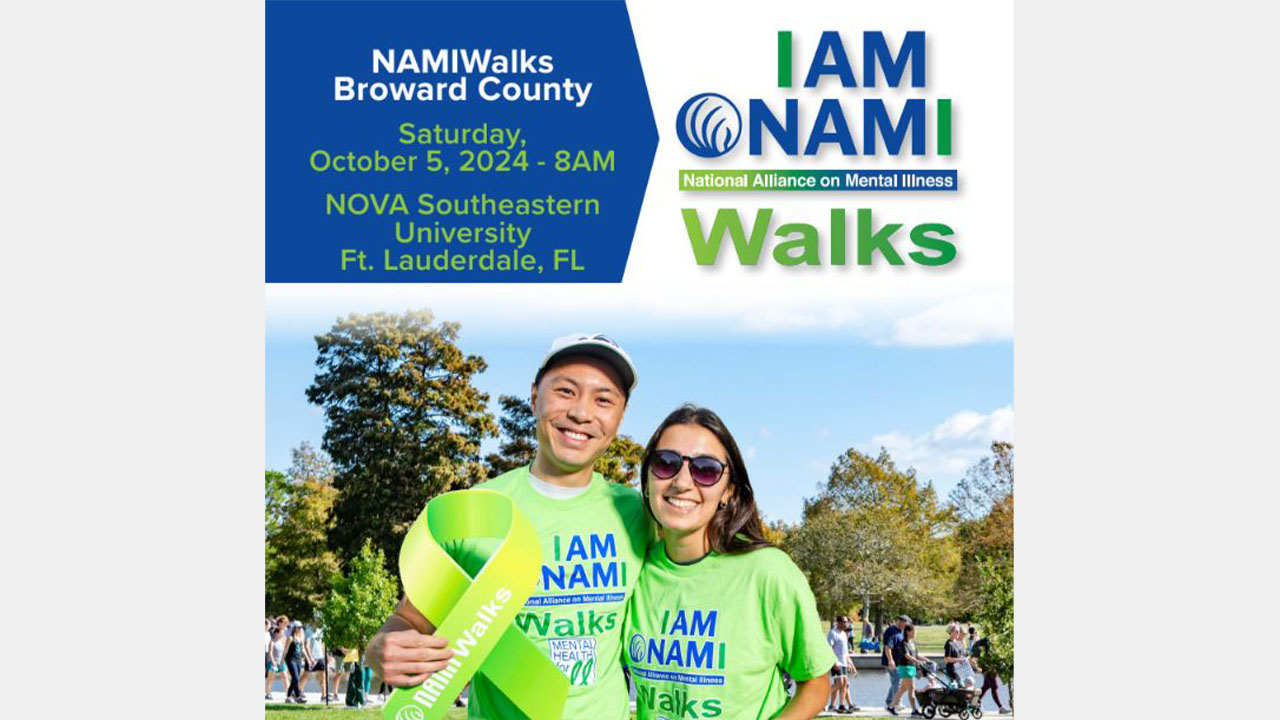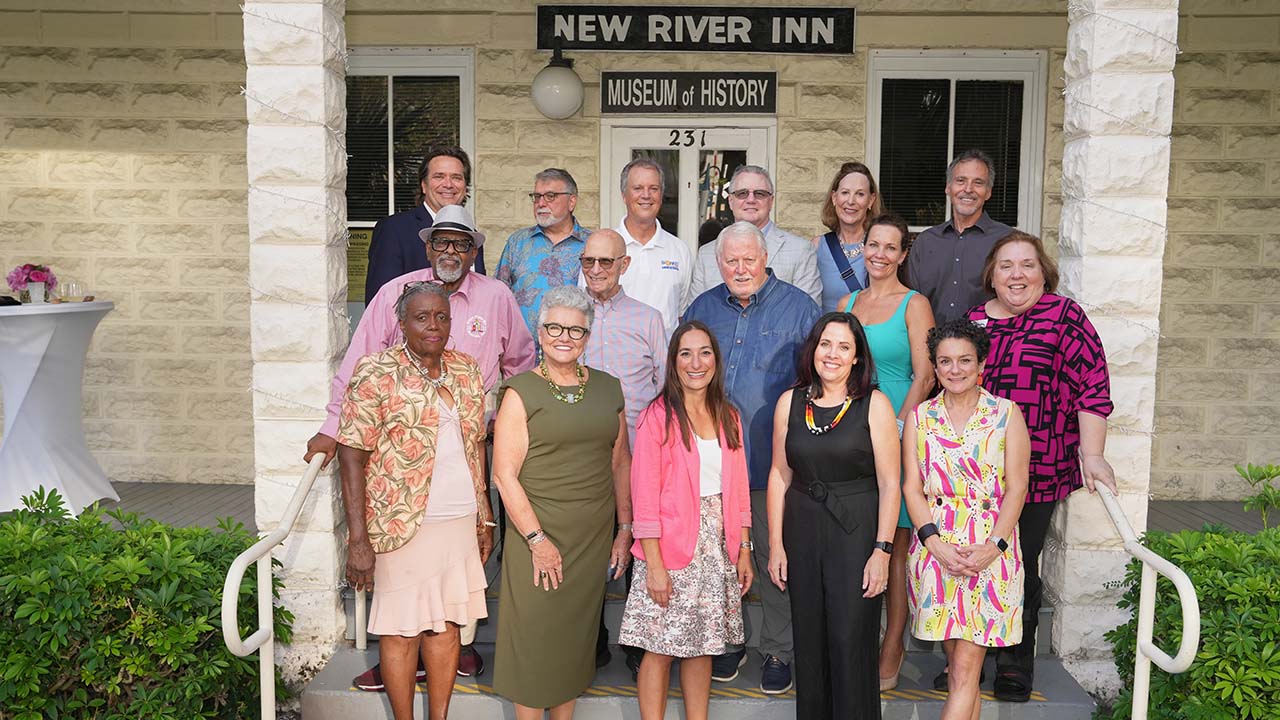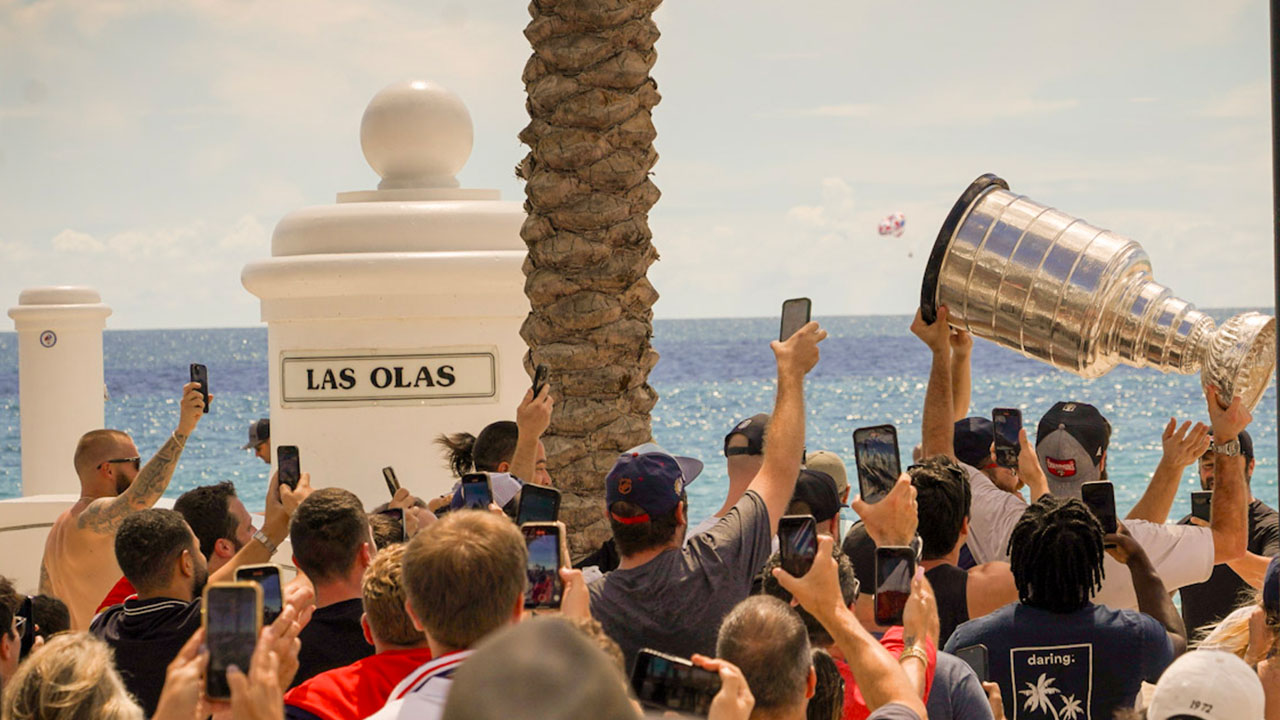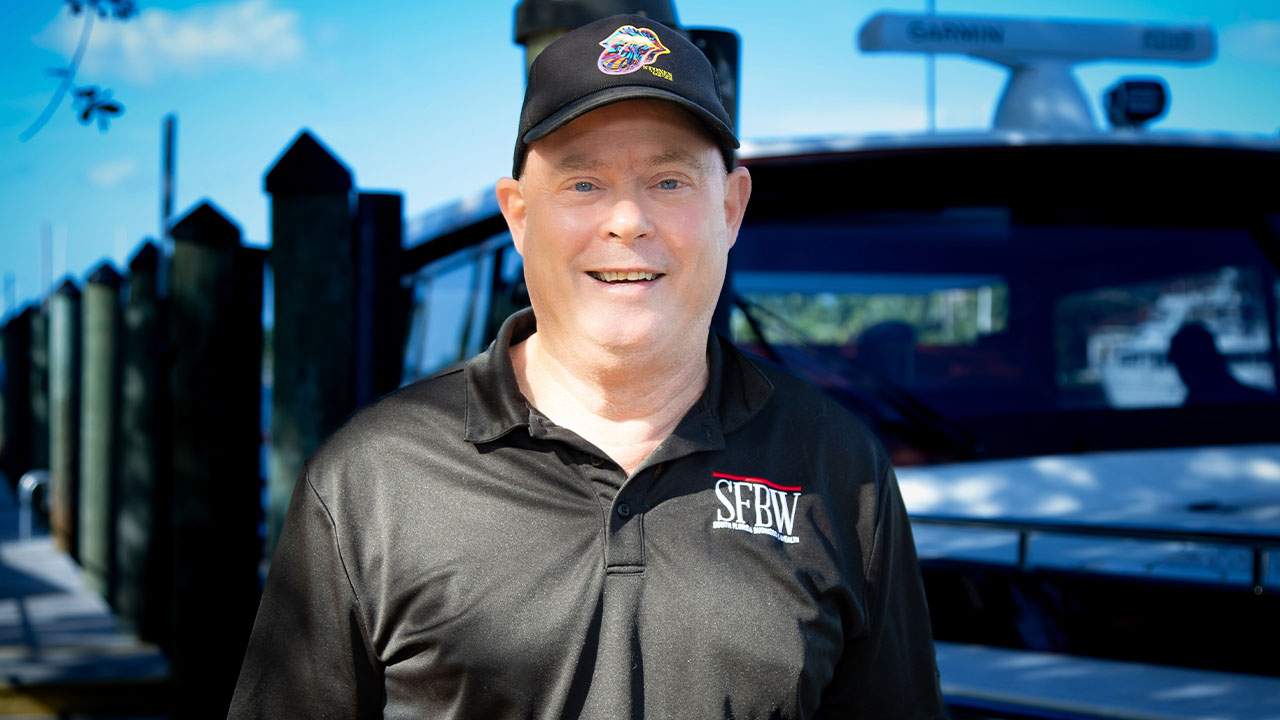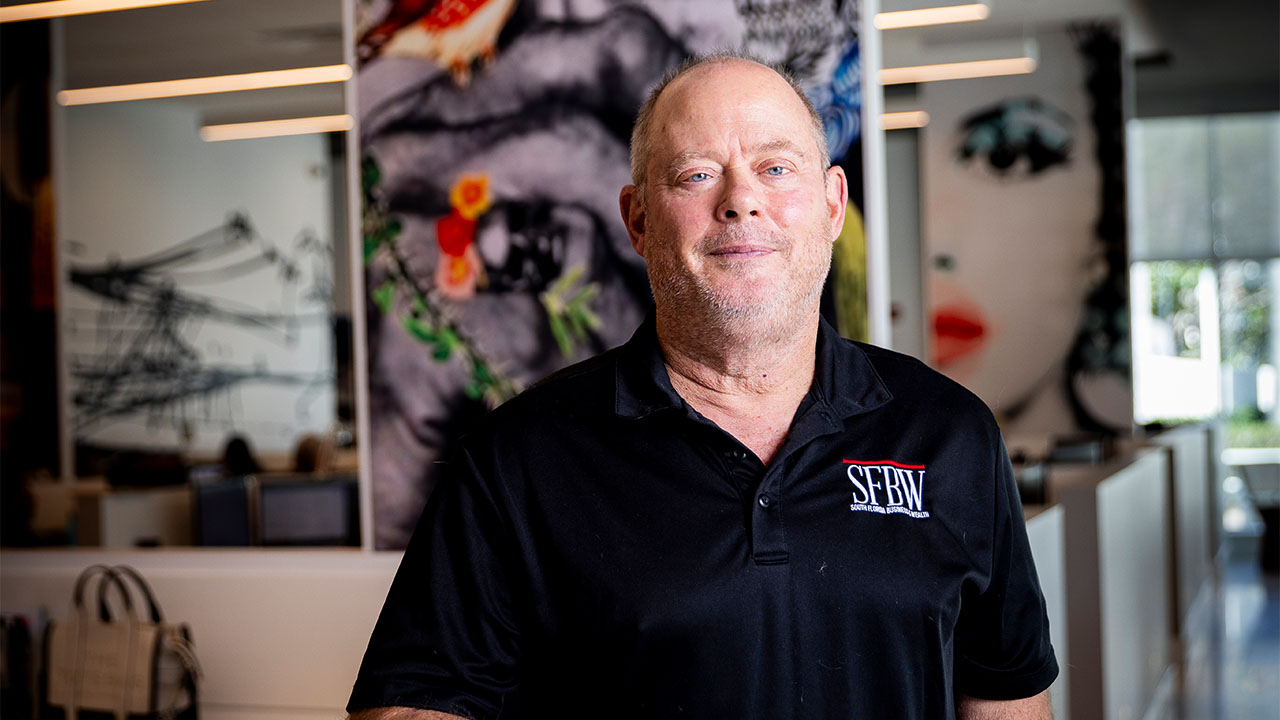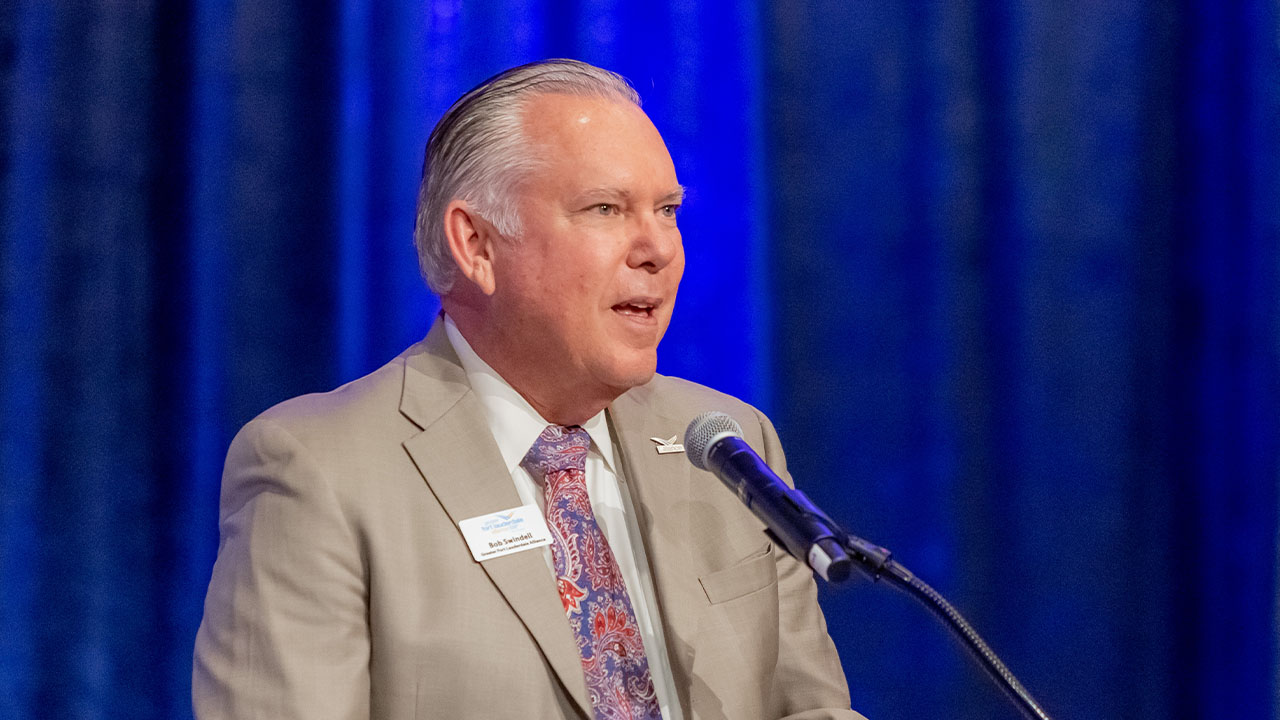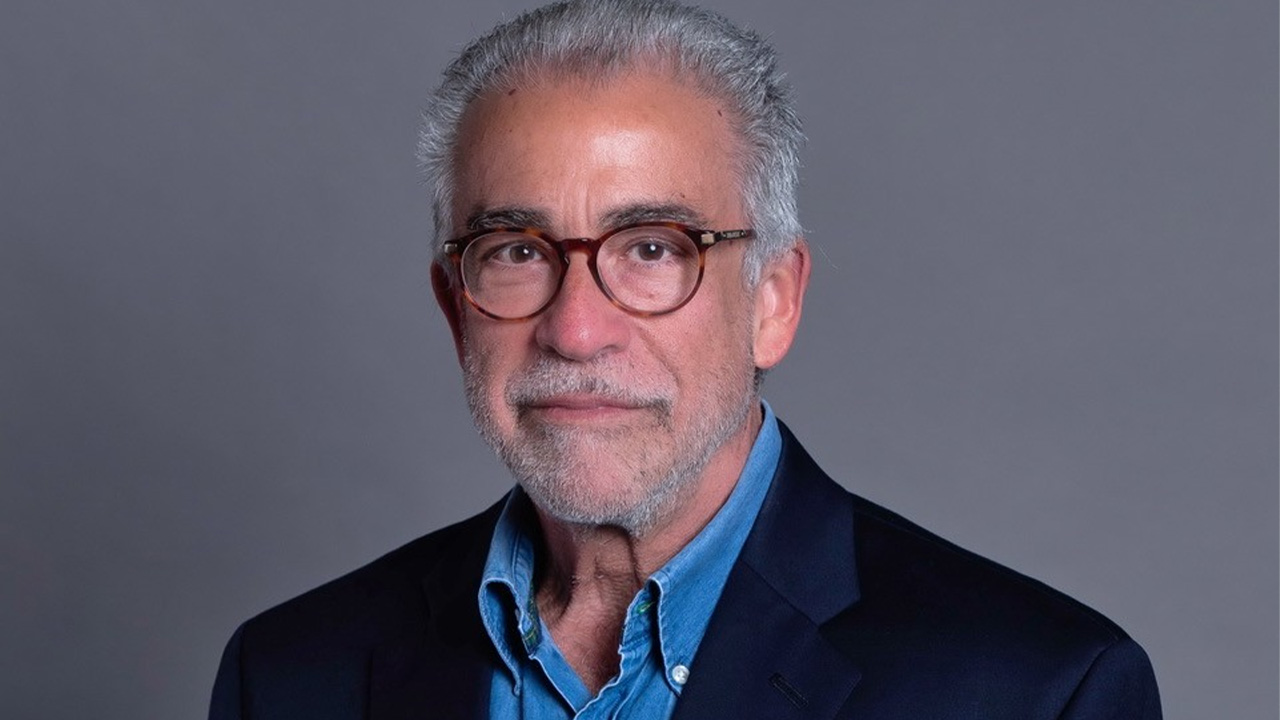For decades, waves of Latin American immigrants have hoped to find success in the United States – and many of them have done just that

Contrary to what many of us think, Miami’s path to becoming Latin America’s gateway to the United States started well before Fidel Castro wrested control of Cuba in 1959, leading to the first major wave of Cuban migration.
“There was already a bit of a Hispanic influence,” says Maria Estorino, vice president of museum collections at HistoryMiami Museum. “It started about the time of World War II. By the mid ’50s, there were already 46,000 Cubans, 30,000 Puerto Ricans and 20,000 people from other Latin American countries here. In some ways, there was already some groundbreaking, which a lot of people don’t know about.”
 That’s one reason National Hispanic Heritage Month has particular resonance in South Florida. The month, celebrated from Sept. 15 to Oct. 15, recognizes the many contributions Hispanic and Latin Americans have made to our nation. SFBW talked to an array of business, academic and historical experts to gain insight into the region’s Hispanic heritage.
That’s one reason National Hispanic Heritage Month has particular resonance in South Florida. The month, celebrated from Sept. 15 to Oct. 15, recognizes the many contributions Hispanic and Latin Americans have made to our nation. SFBW talked to an array of business, academic and historical experts to gain insight into the region’s Hispanic heritage.
In the first two years following Castro’s rise to power, approximately 275,000 Cubans arrived on American shores, Estorino says. However, even before then, Miami’s Wynwood neighborhood was home to a sizable Puerto Rican community, many of whom arrived here in the 1950s. One of them, former Miami Mayor Maurice Ferre, the city’s first Hispanic mayor, settled here with his family from Puerto Rico.
 “Miami always had a Latin-American orientation,” says Estorino, the child of Cuban immigrants who came to the United States as teenagers in the 1960s. “For example, the Fontainebleau hotel had a brochure in Spanish. Some people from Cuba wintered here and some came here to shop.”
“Miami always had a Latin-American orientation,” says Estorino, the child of Cuban immigrants who came to the United States as teenagers in the 1960s. “For example, the Fontainebleau hotel had a brochure in Spanish. Some people from Cuba wintered here and some came here to shop.”
In the mid ’30s, the family of famed entertainer Desi Arnaz—who starred on “I Love Lucy”—came to Miami to escape political upheaval on the island. Arnaz’s father was mayor of Santiago, Cuba.
“1959 didn’t begin the relationship between Cuba and Miami,” Estorino says. “It only transformed it.”
World War II also played a significant role in establishing South Florida as a major player in world trade, she says. “When trade was cut off from Europe and Asia, Miami became more active in trade,” she says.
 Jerry Haar, a professor at Florida International University’s College of Business, describes Castro’s rise to power as the “real trigger” of a mass migration to this country. “What’s Cuba’s loss is our gain,” he says. “They came here to a welcoming environment. They came here to build. Even subsequent generations have been absorbed into capitalism.”
Jerry Haar, a professor at Florida International University’s College of Business, describes Castro’s rise to power as the “real trigger” of a mass migration to this country. “What’s Cuba’s loss is our gain,” he says. “They came here to a welcoming environment. They came here to build. Even subsequent generations have been absorbed into capitalism.”
Haar attributes the economic success of Cuban-Americans to a focus on education, achievement, family and faith. “The Cubans planted the first beachhead,” he says, adding they helped create an environment favorable for business opportunities and prosperity. “In 1959, Castro exported his entire middle class,” Haar says. “For all of Latin America, Miami is their second home whether they came here for school or for Disney World.”
In economic terms, Haar describes two distinct types of entrepreneurs who arrive here from Latin America: necessity entrepreneurs and opportunity entrepreneurs. Necessity entrepreneurs are those who flee their homelands—say, Cuba or Venezuela—with limited resources to start their own businesses. Opportunity entrepreneurs are those with money who come here to establish a business.
South Florida has become a welcoming environment for those arriving from all of Latin America, Haar says. “This is the place for destiny,” he adds. “We are the most attractive place. We have rule of law, educational opportunities, a level of stability and predictability.”
Plus, Haar points to another huge asset working in South Florida’s favor. “We have MIA (Miami International Airport), which makes it easy. Some people get on a plane Monday morning and come back Monday evening,” he says.
Haar says South Florida owes its growth and prosperity to its Latin American immigrants. “It was a sleepy Southern town with a focus on tourism from the Eastern Seaboard; that’s what we were,” he says. “The future of large metropolitan areas in the U.S. is here in Miami with multiculturalism, diversity, creative industry, the arts and health care.”
Some debate exists whether South Florida’s diverse Hispanic community still can be considered a melting pot. “I don’t know if that works anymore,” Estorino says. “It’s more of a salad bowl analogy. The ingredients maintain their original forms, but they taste great together.”
Haar sees some competition and resentment among some nationalities here in South Florida. “There is resentment that the Cubans are a privileged class,” he says. “This is not a monolith coming here. There is rivalry.”
 Carlos Arboleda was 5 when he arrived here from Colombia with his mother and two older siblings in 1980. He is now founder and managing director of COI Access, a company that assists clients coming into U.S. markets from abroad.
Carlos Arboleda was 5 when he arrived here from Colombia with his mother and two older siblings in 1980. He is now founder and managing director of COI Access, a company that assists clients coming into U.S. markets from abroad.
Arboleda says when he first came to South Florida, things were tumultuous. “Miami was going through a lot. There were Nicaraguans arriving here, and there was the Mariel boatlift,” he says.
His mother realized America offered her young family many opportunities and gave them some powerful words of advice: “She taught us hard work is the way to get ahead,” Arboleda says. “We were given a great opportunity at the American dream.”
He agrees Miami has rightfully earned its reputation as a business hub for points south. “Latin American business leaders see Miami as the center of the universe,” he says.
As evidence of how the U.S. and Latin American cultures have meshed, Arboleda points to the recent Copa America soccer tournament. After 100 years as a South American event, the United States hosted the competition for the first time. (Orlando, which has a sizable Puerto Rican population, was Florida’s representative among 10 U.S. cities where games were played.)
He also points to Hispanic culture itself as a reason for success in the business community. “Our heritage of being close to the family has done well with other backgrounds and communities,” Arboleda says. “We are all a very welcoming people.”
He expresses appreciation for his new home as well. “We are grateful to a great country,” he says. “All Latinos have, for the most part, felt very grateful for the opportunities this country has given Hispanics. I think it’s very nice for the government to make this National Hispanic Heritage Month. I would like to make a ‘human race’ month. Let’s forget black, white, blue, green and other nationalities. Let’s just be good to each other.”
Adriana Kostencki already was a lawyer in her native Venezuela when she decided to move to the United States and practice here. After learning to speak English, she got her law degree at the University of Miami.
Today, she’s a partner in the Miami office of Berger Singerman, specializing in business immigration issues. Many of her clients are foreign nationals who want to work here or invest here, coming from Latin American countries as well as from Europe.
Her Latin American clients enjoy establishing businesses in Miami because there are more regulations here. “If there are any problems, the courts in Florida are more reliable and fair,” she says.
Indeed, she says there’s a great business climate throughout the United States. “The culture in the U.S. is very accepting,” she says. “Everyone here comes from somewhere. My clients feel that, too. If you assimilate with Americans, Americans will assimilate with you.”
Kostencki says the current political climate in the United States, especially with the upcoming presidential election, has created anxiety, however. “Some of my clients with non-immigrant visas are applying for U.S. permanent residency before the election,” she says. “I see that concern increasing dramatically. They want to vote.”
When Coral Gables resident Tony Argiz came to the United States from Cuba on March 24, 1962, he traveled without his parents. He was 9 years old.
Argiz was part of Operation Pedro Pan, a mass rescue of children living under Fidel Castro’s regime, organized by a Miami priest with support from the U.S. State Department. The Castro government had begun separating children from their families as it moved toward Communism.
He settled in Tampa with an older brother. Later, he received a baseball scholarship to attend Florida International University. While there, he discovered his love and propensity for math and ultimately went into accounting as a career. Today, he’s the chairman and CEO of Morrison, Brown, Argiz and Farra, one of the nation’s top accounting firms.
Argiz’s emotions were mixed when he arrived in Florida. “At first I left really happy,” he recalls. “Castro closed all the private schools in Cuba, so my parents decided to send me here.”
Reality struck about a week later. “I wondered if I was ever going to see my parents again,” he says. “I was homesick the first few months.”
Like many other Cubans living in the United States at the time, Argiz thought the Castro regime would be short-lived. “From 1962 to 1963, I was quite homesick,” he says. “I didn’t know the language.”
But, for the most part, he says he was well received. “In Tampa, there was a large Latin community since the 1900s,” Argiz says. “Once I learned the language, everything fell into place.”
Finally, in March 1967, with the intervention of a Tampa congressman, his parents made it to American shores.
These many decades later, Argiz empathizes with those seeking refuge in the United States. Whether they risk their lives rafting here from his native country, or make a dangerous trek across the desert from Mexico, he understands their reason: opportunity.
He offers them the following advice: “This is the greatest country in the world,” he says. “Anybody who wants to succeed can do it. You really need an education to succeed. It’s no different today than in ’62. You need to work hard and plan for the future. Have lofty goals.
“This is the only country where you can come as a 9 year old and end up running a company like I do today.”
Argiz says the United States has always been a welcoming place for immigrants. He’d like to see more money provided to assist all newcomers. “We need to make sure we provide them with adequate resources to get them educated,” he says. “It’ll be a very cheap investment in the long run. You can’t compete in the world without an education.”




